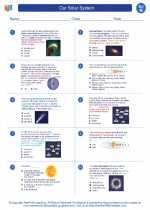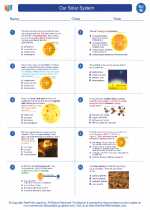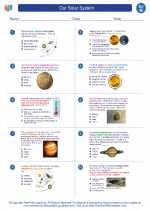What is a Landslide?
A landslide is the movement of rock, soil, and debris down a slope. It can happen suddenly or gradually and is often caused by a variety of factors, including heavy rainfall, earthquakes, volcanic eruptions, and human activities.
Causes of Landslides
Landslides can be triggered by natural and human-induced factors:
- Natural Causes: Heavy rainfall, snowmelt, earthquakes, volcanic eruptions, and erosion can destabilize the slope and lead to a landslide.
- Human-induced Causes: Deforestation, construction activities, mining, and improper land use can weaken the stability of the slope and increase the risk of landslides.
Types of Landslides
There are several types of landslides, including:
- Rock Falls: Sudden collapse of rocks from a steep slope.
- Debris Flows: Rapid movement of water-saturated debris down a slope.
- Slumps: Movement of a mass of rock or soil along a curved surface.
- Earth Flows: Slow to rapid movement of water-saturated soil and debris.
Effects of Landslides
Landslides can have devastating effects, including:
- Property Damage: Destruction of homes, roads, and infrastructure.
- Loss of Life: Landslides can cause fatalities and injuries.
- Environmental Impact: Alteration of landscapes, disruption of ecosystems, and sedimentation of water bodies.
- Economic Consequences: Costly cleanup and restoration efforts, as well as long-term economic impacts on communities.
Preventing and Mitigating Landslides
Several measures can be taken to prevent and mitigate the impact of landslides:
- Land Use Planning: Identifying and avoiding high-risk areas for development.
- Vegetation Management: Planting trees and vegetation to stabilize slopes and reduce erosion.
- Engineering Solutions: Building retaining walls, barriers, and drainage systems to control slope stability.
- Early Warning Systems: Monitoring and alerting systems to provide advance notice of potential landslides.
Study Guide
Use the following questions to guide your study of landslides:
- What are the natural and human-induced causes of landslides?
- Describe the different types of landslides and their characteristics.
- What are the effects of landslides on the environment and human settlements?
- Discuss the measures that can be taken to prevent and mitigate the impact of landslides.
- Research a historic landslide event and analyze its causes, effects, and the response of the affected community.
By understanding the causes, types, effects, and prevention strategies related to landslides, you can develop a comprehensive knowledge of this natural hazard and its impact on the environment and society.
.◂Science Worksheets and Study Guides Eighth Grade. Our Solar System
Worksheet/Answer key Our Solar System
Our Solar System  Worksheet/Answer key
Worksheet/Answer key Our Solar System
Our Solar System  Worksheet/Answer key
Worksheet/Answer key Our Solar System
Our Solar System 

 Worksheet/Answer key
Worksheet/Answer key
 Worksheet/Answer key
Worksheet/Answer key

The resources above cover the following skills:
Earth/Space Science: Students will use scientific skills and processes to explain the chemical and physical interactions (i.e., natural forces and cycles, transfer of energy) of the environment, Earth, and the universe that occur over time.
Astronomy: Identify and describe the components of the universe.
Identify that our solar system is a component of the Milky Way Galaxy.
Astronomy: Identify and explain celestial phenomena using the regular and predictable motion of objects in the solar system.
Identify and describe how the shape and location of the orbits of asteroids and comets affect their periods of revolution.